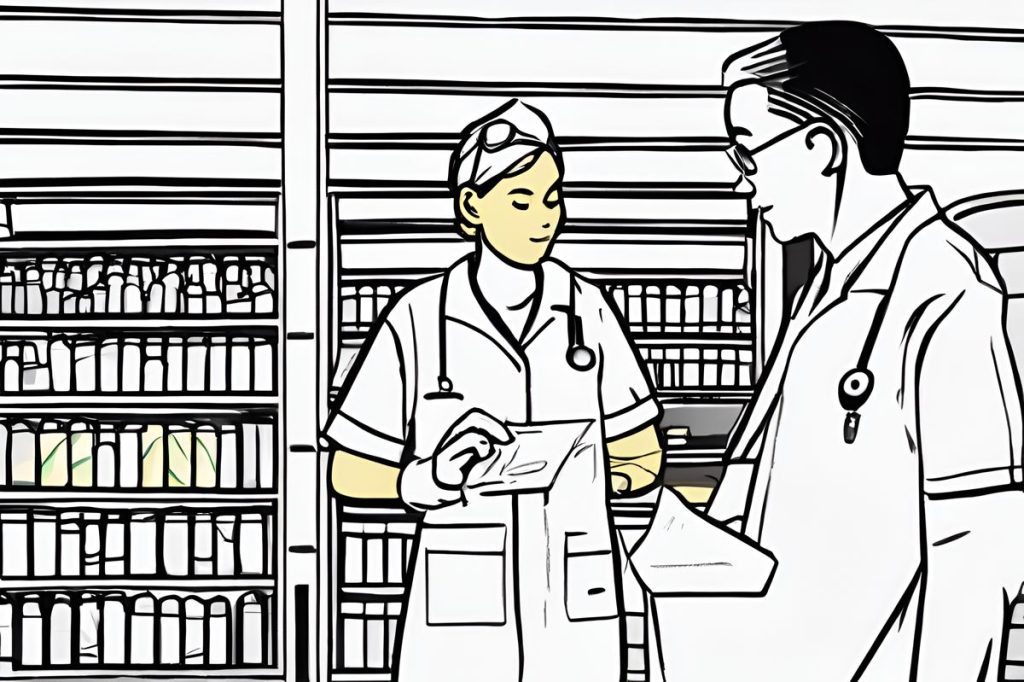Escalating STI rates in Europe, driven by post-pandemic changes in sexual behavior, pose a significant health concern. The surge in gonorrhoea, syphilis, and chlamydia cases calls for immediate action, emphasizing the importance of enhanced testing, treatment, and preventive measures to curb the spread of sexually transmitted infections.
What is causing the escalating STI rates in Europe?
The sharp increase in STI rates in Europe is attributed to a post-pandemic shift in sexual behavior, particularly among young heterosexuals and women. Improved availability of home-testing kits may also contribute to higher detection rates. Health officials emphasize the need for enhanced testing, treatment, and preventive measures, including consistent condom use and sexual education.
A Troubling Trend
The European Centre for Disease Prevention and Control has raised alarms over the surge of sexually transmitted infections (STIs) across Europe. With diseases like gonorrhoea seeing an increase of 48%, which translates to over 70,000 reported cases, health officials are urging immediate action. Syphilis isn’t far behind, with cases climbing by 34%, reaching more than 35,000. Chlamydia also shows significant growth at 16%, with over 216,000 cases reported.
Andrea Ammon, the director of the ECDC, characterized the situation as a “stark picture” that demands prompt and decisive responses. The sharp uptick in STI rates, despite the hiatus during the COVID-19 pandemic due to social isolation measures, is a profound concern for public health officials.
The Post-Pandemic Effect
As life begins to normalize following the pandemic, a shift in sexual behavior might be contributing to the rise in infections, particularly among young heterosexual communities and young women. Ammon suggested that these numbers likely represent just the “tip of the iceberg,” considering many infections often remain undetected.
While there’s no concrete evidence to suggest that the rise in gonorrhoea is linked to antimicrobial resistance, surveillance in this area remains a priority for the ECDC. The rebound of STI rates post-pandemic isolation periods could reflect not only changes in social behavior but also the improved availability and use of home-testing kits which might detect more cases that previously went unnoticed.
The Importance of Testing and Prevention
European countries are facing a call to action to bolster their testing and treatment infrastructures and to enhance preventive measures. Ammon emphasized the need for individual responsibility in sexual health practices, including the consistent use of condoms.
The ECDC’s data highlights the critical role of sexual education and resources in mitigating the spread of STIs. It’s clear that comprehensive strategies are needed to address the surge, with a focus on both accessible healthcare and public awareness campaigns. As infections continue to rise, the intersection of medical research, healthcare accessibility, and community education becomes increasingly important to change the trajectory of STI transmission rates in Europe.
What is causing the escalating STI rates in Europe?
The sharp increase in STI rates in Europe is attributed to a post-pandemic shift in sexual behavior, particularly among young heterosexuals and women. Improved availability of home-testing kits may also contribute to higher detection rates. Health officials emphasize the need for enhanced testing, treatment, and preventive measures, including consistent condom use and sexual education.
What are some of the alarming statistics regarding STIs in Europe?
The European Centre for Disease Prevention and Control has reported a significant surge in sexually transmitted infections across Europe. Gonorrhoea cases have increased by 48%, syphilis by 34%, and chlamydia by 16%. These numbers indicate a pressing need for immediate action to address the escalating rates of STIs in the region.
How does the post-pandemic effect contribute to the rise in STIs?
As life returns to normalcy post-pandemic, changes in sexual behavior, especially among young heterosexual communities and women, may be contributing to the increase in STI rates. The availability and use of home-testing kits have also played a role in detecting more cases. Health officials stress the importance of individual responsibility in sexual health practices and the necessity of consistent condom use.
What measures are being recommended to curb the spread of STIs in Europe?
Health organizations are urging European countries to strengthen their testing and treatment infrastructures and enhance preventive measures to combat the surge in STI rates. Emphasis is being placed on sexual education, accessible healthcare, and public awareness campaigns to address the root causes of the escalating STI crisis. Individual responsibility, including consistent condom use, is also highlighted as a key component in reducing the transmission of sexually transmitted infections.

